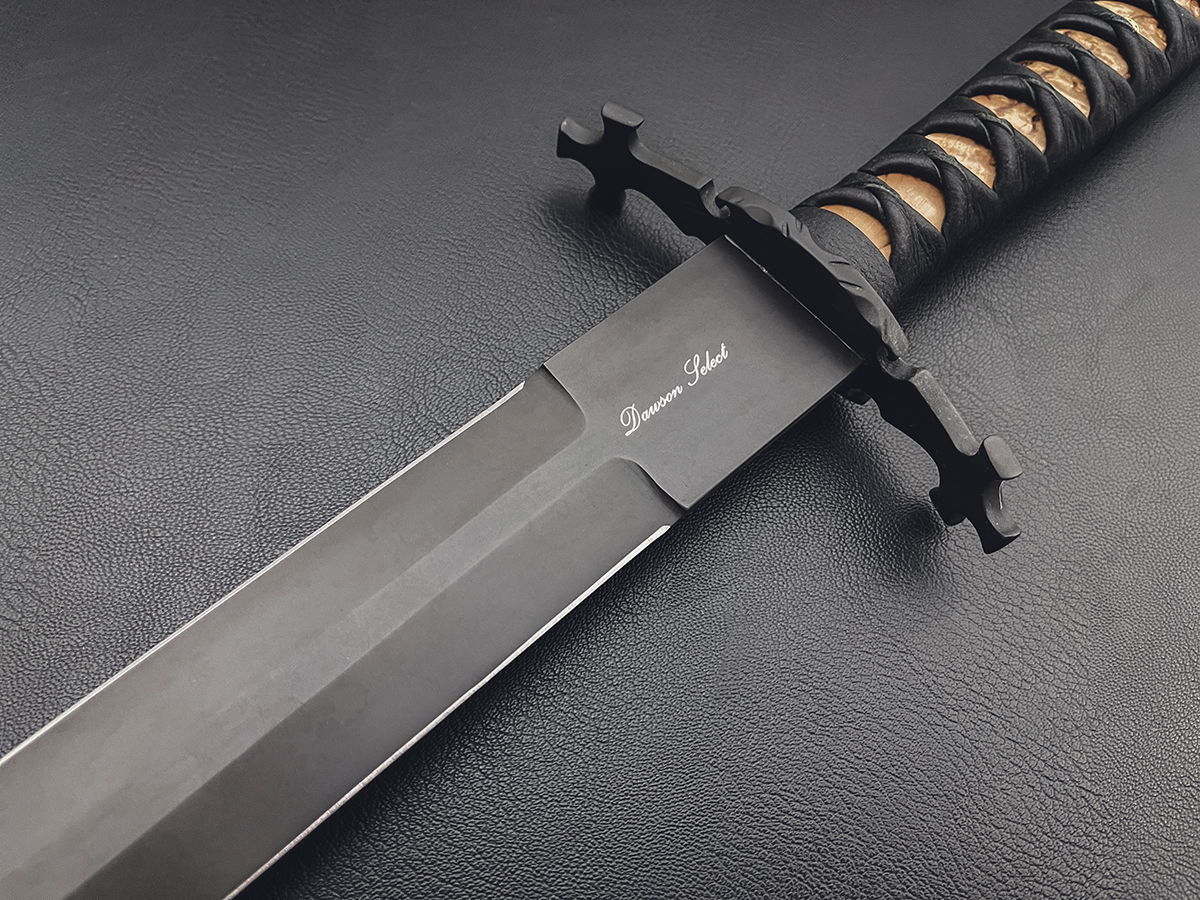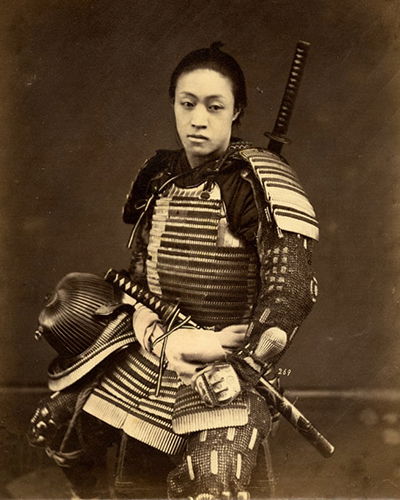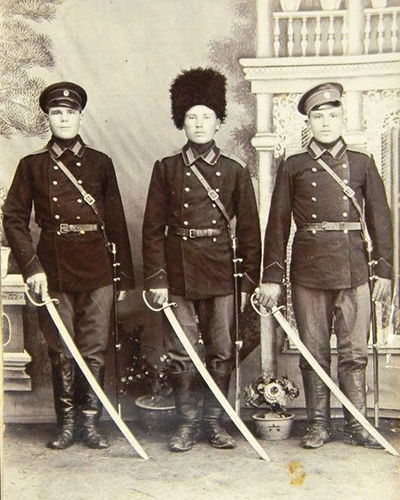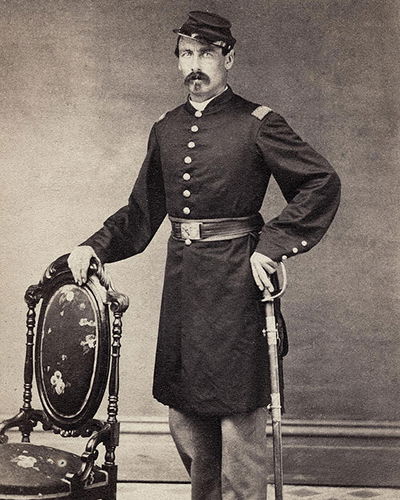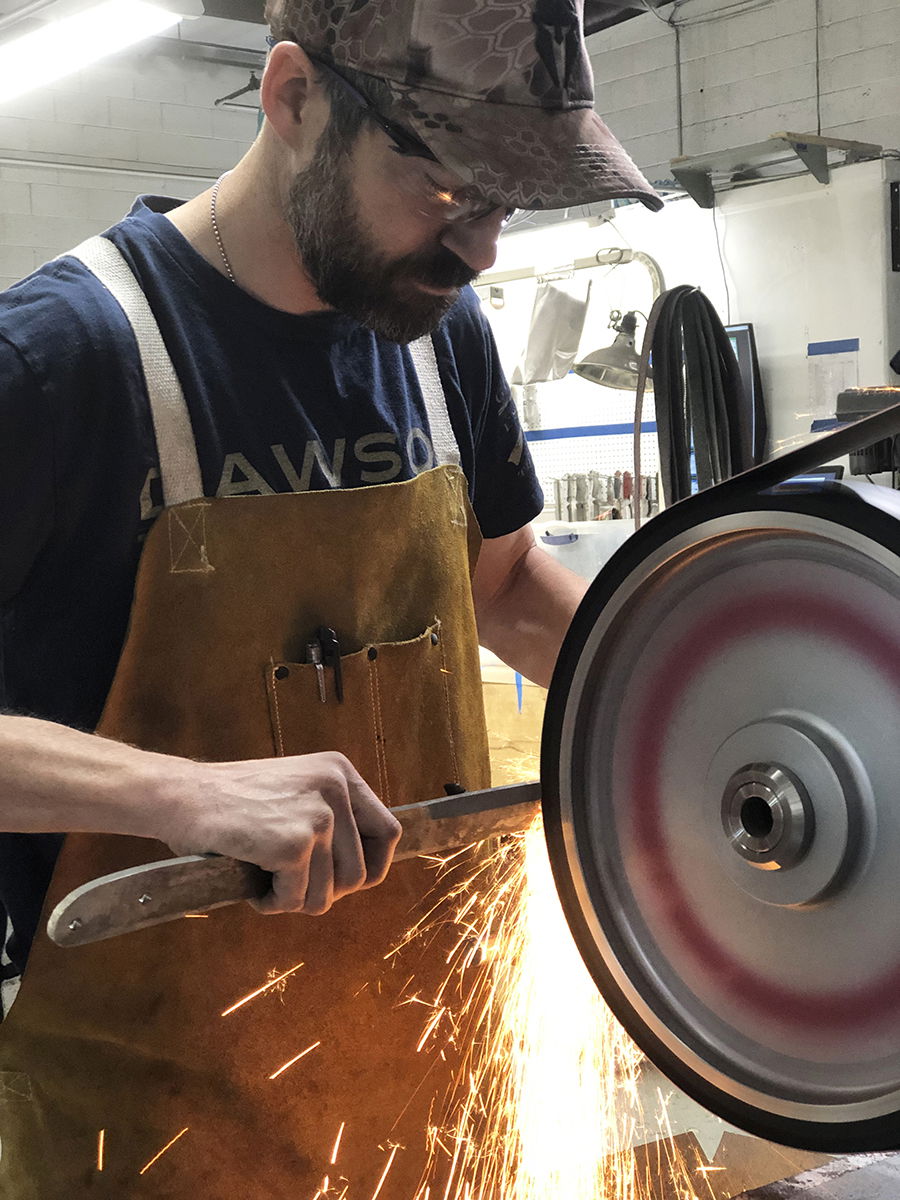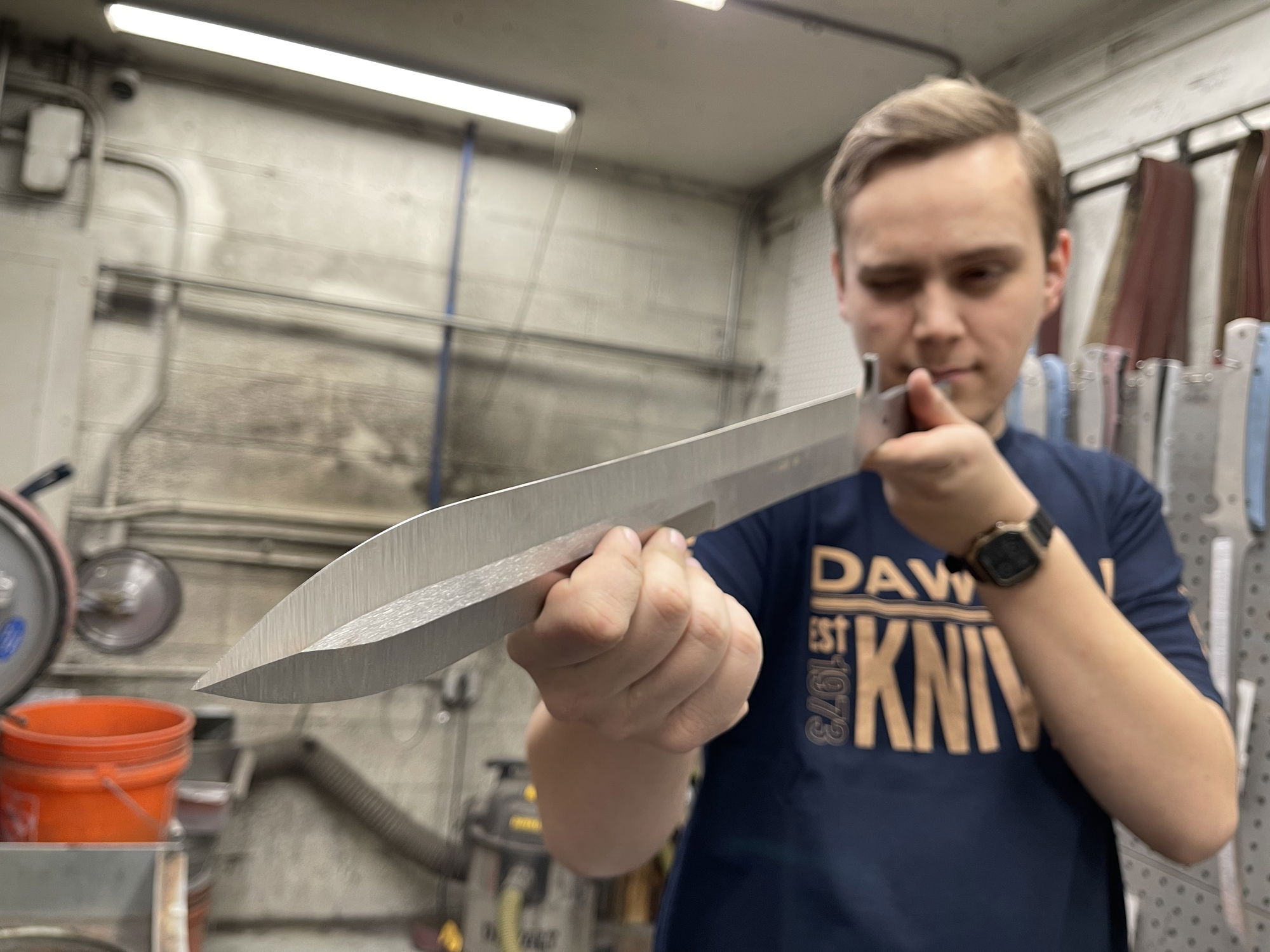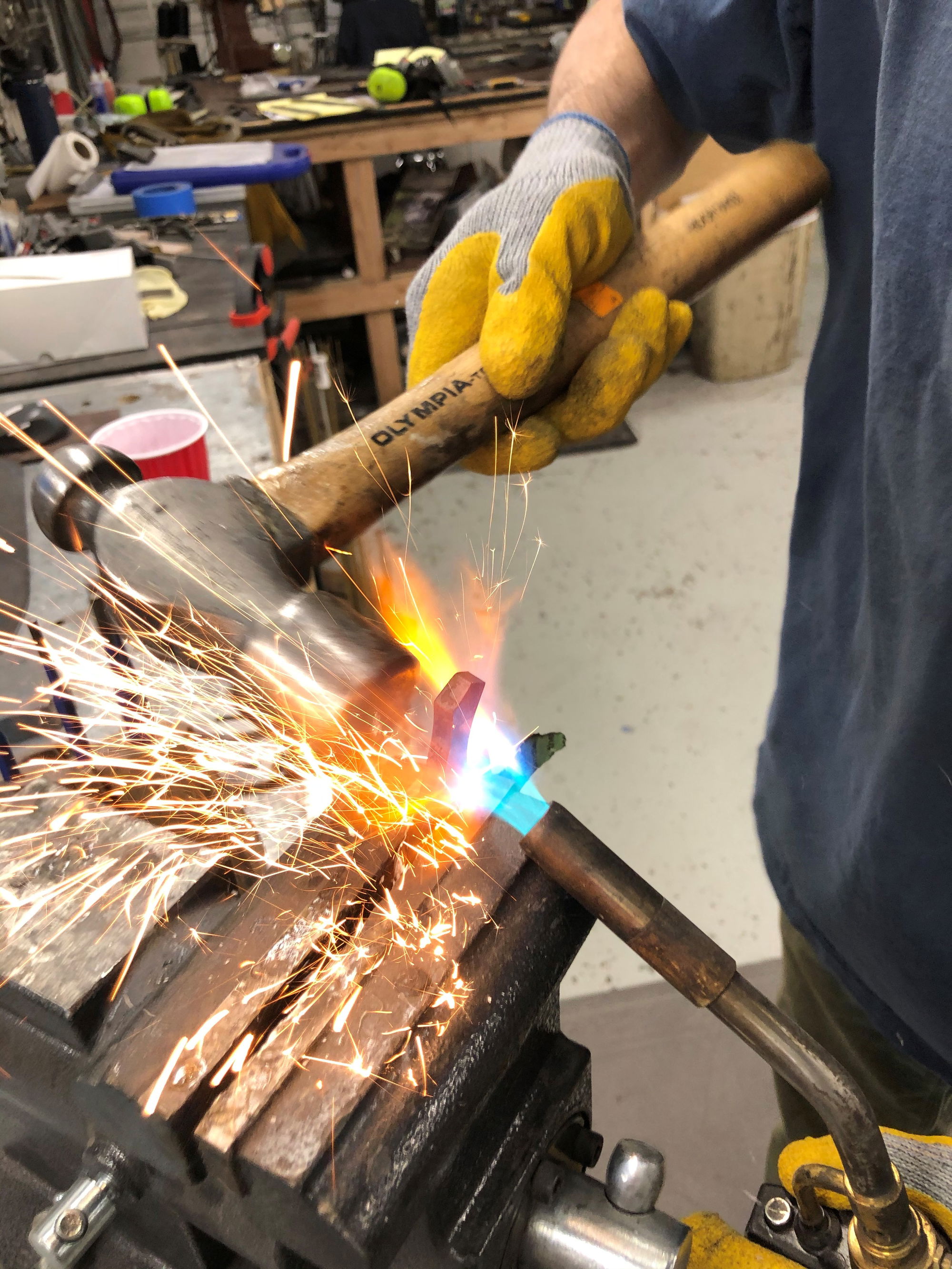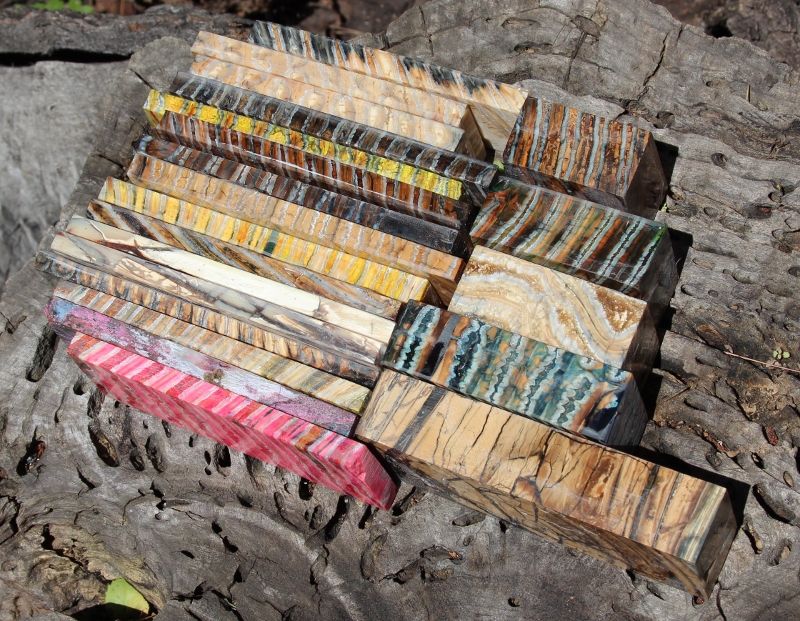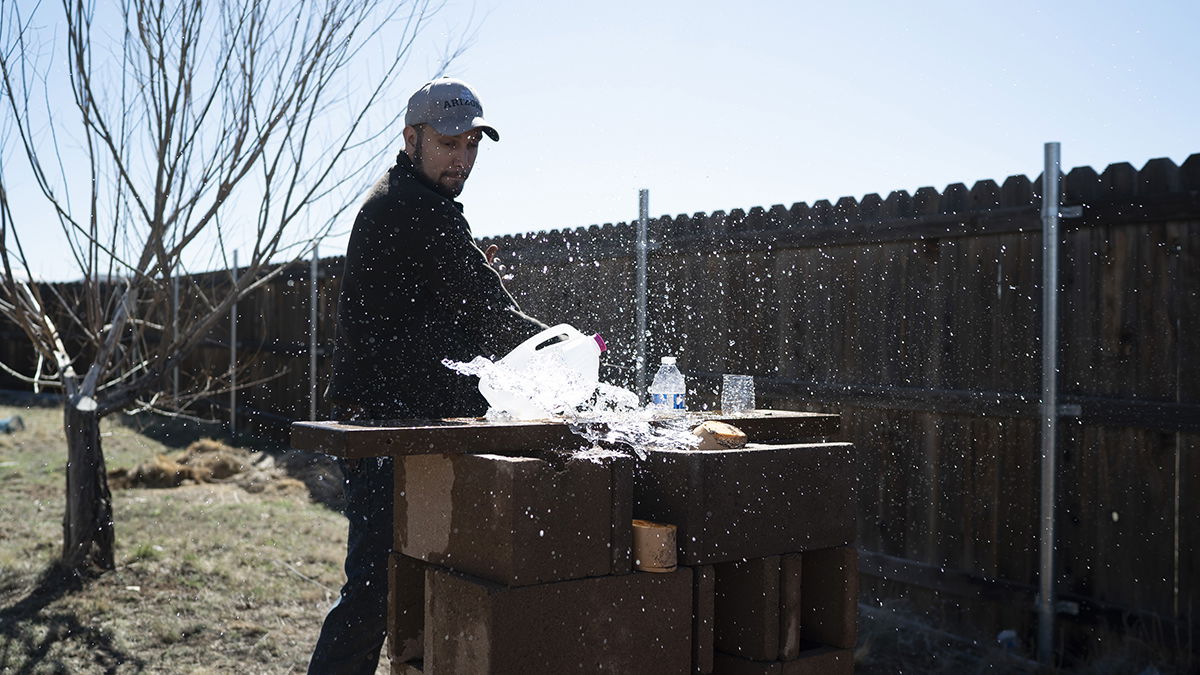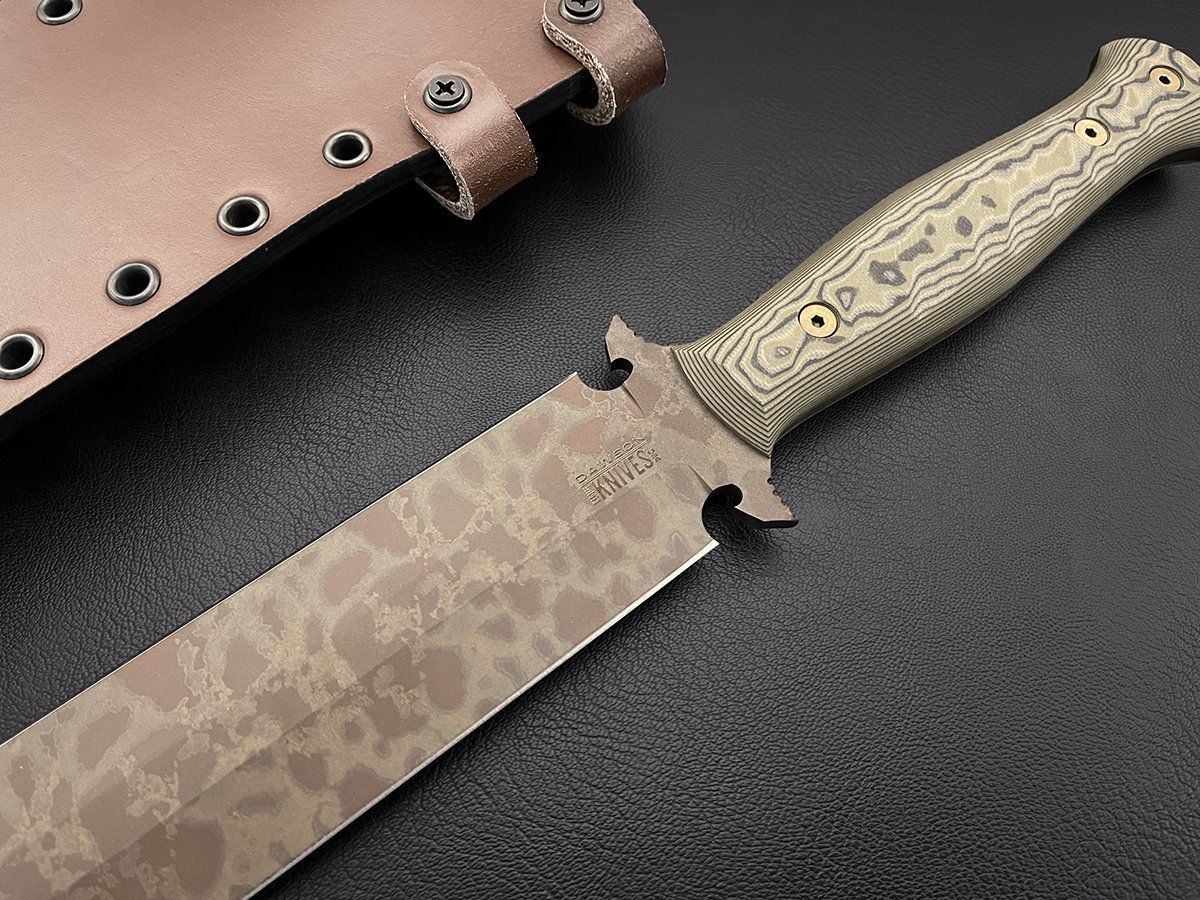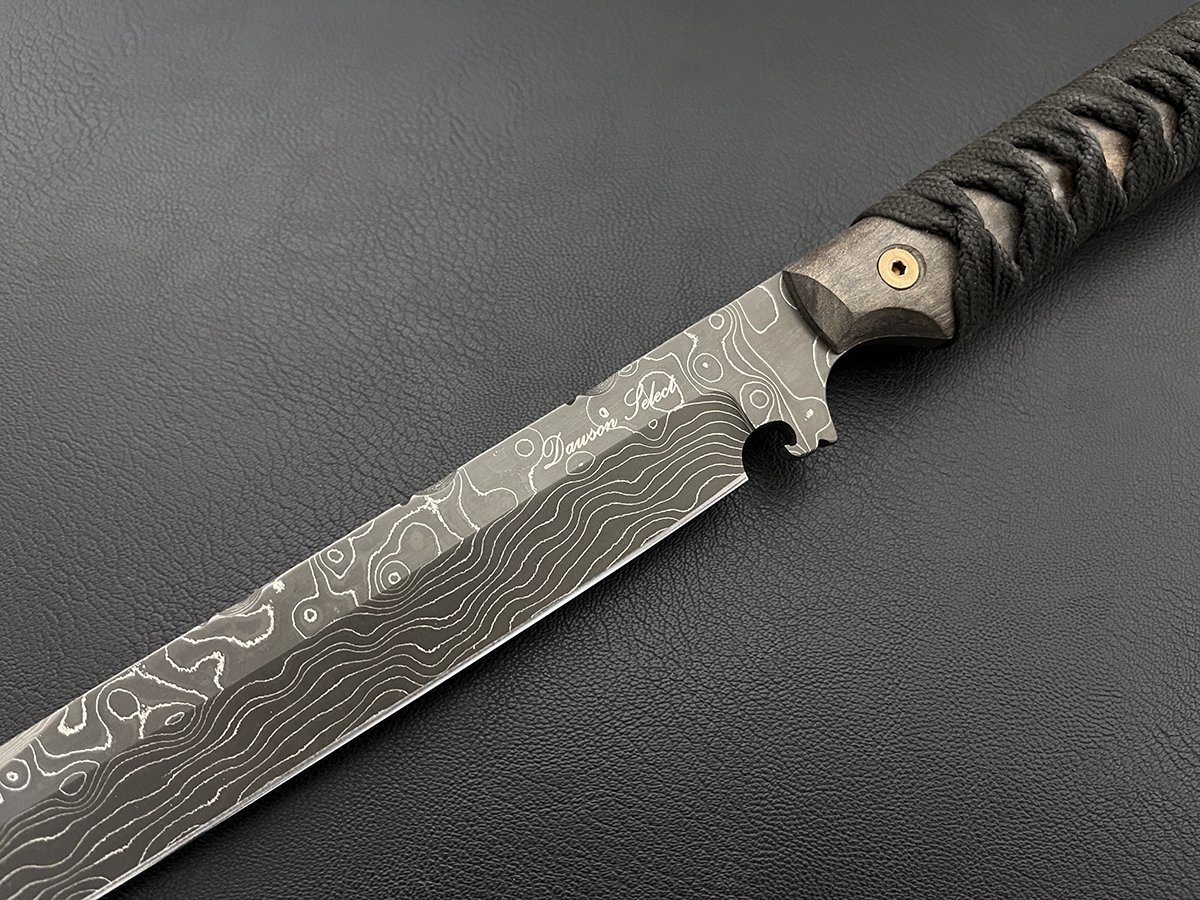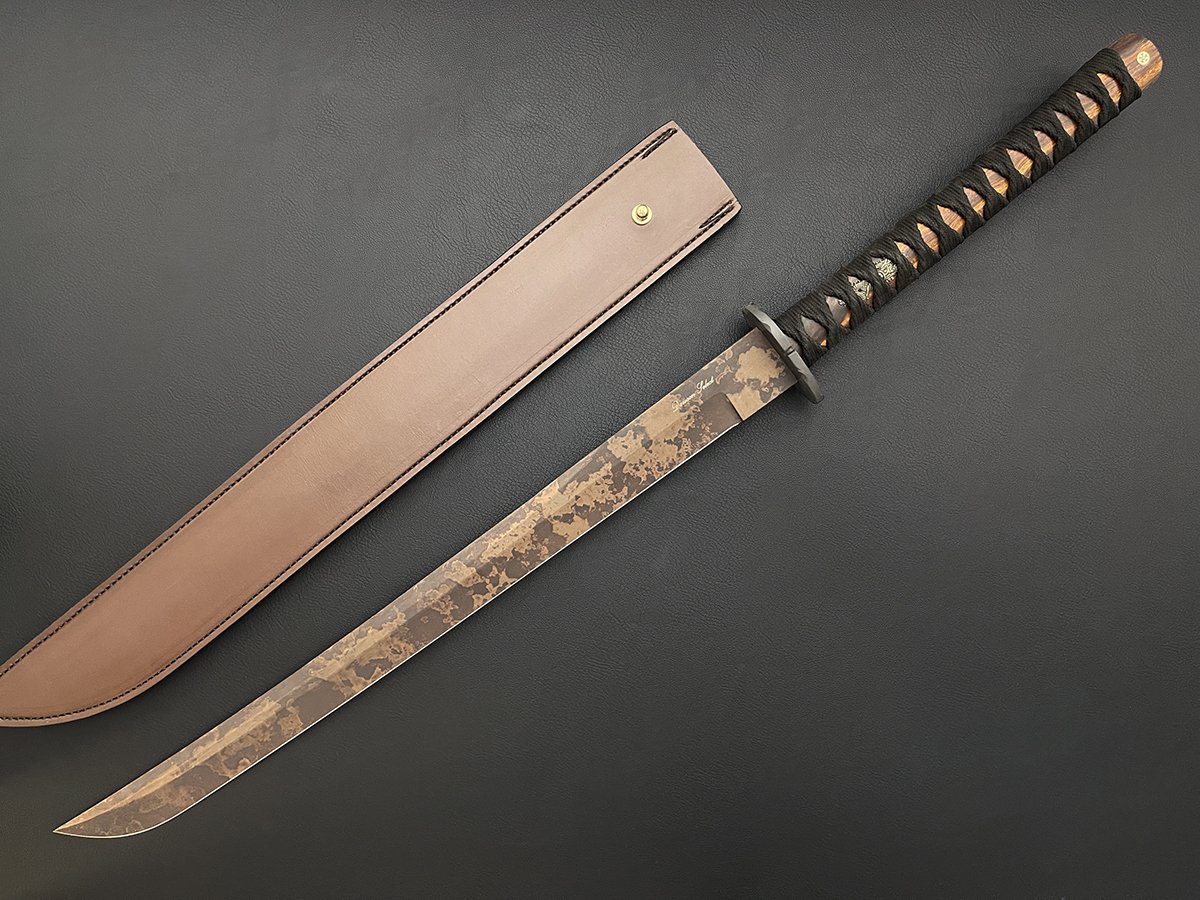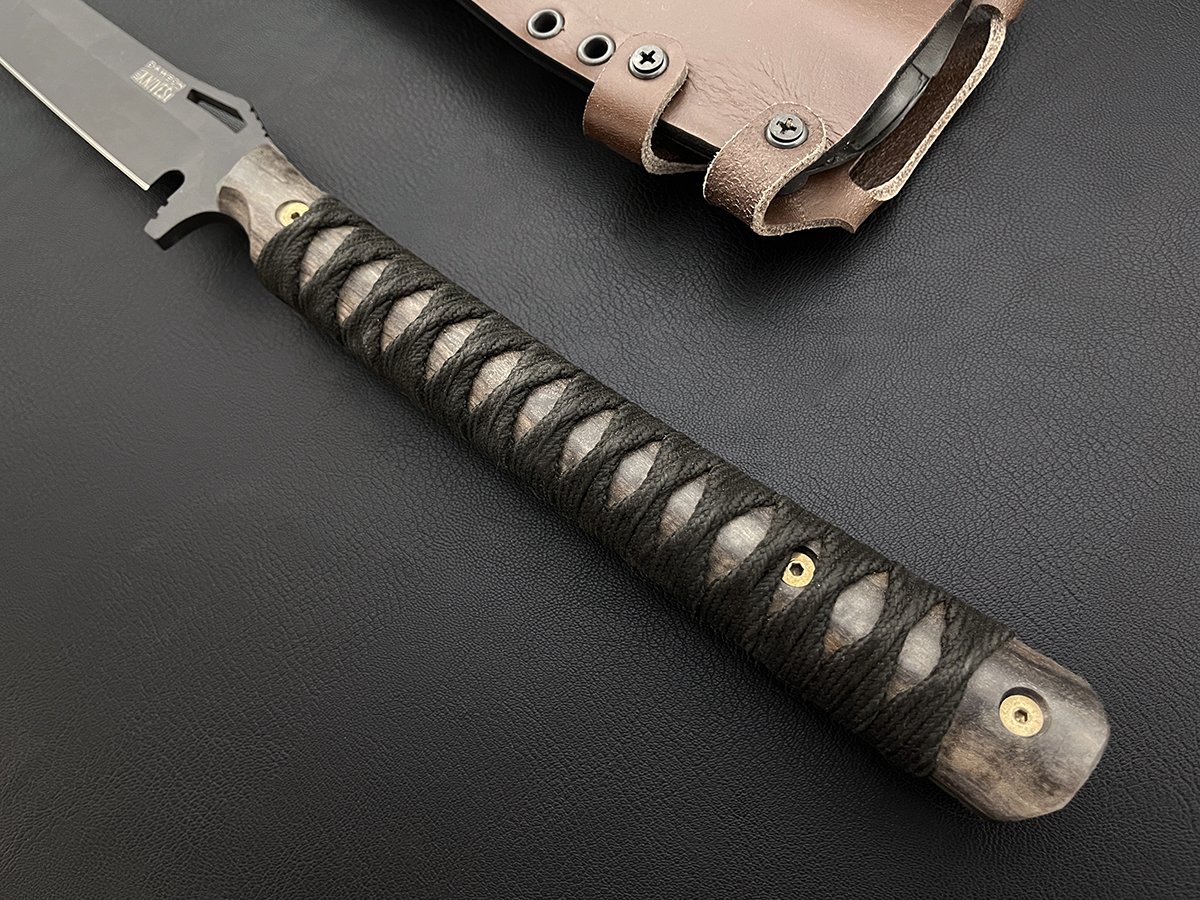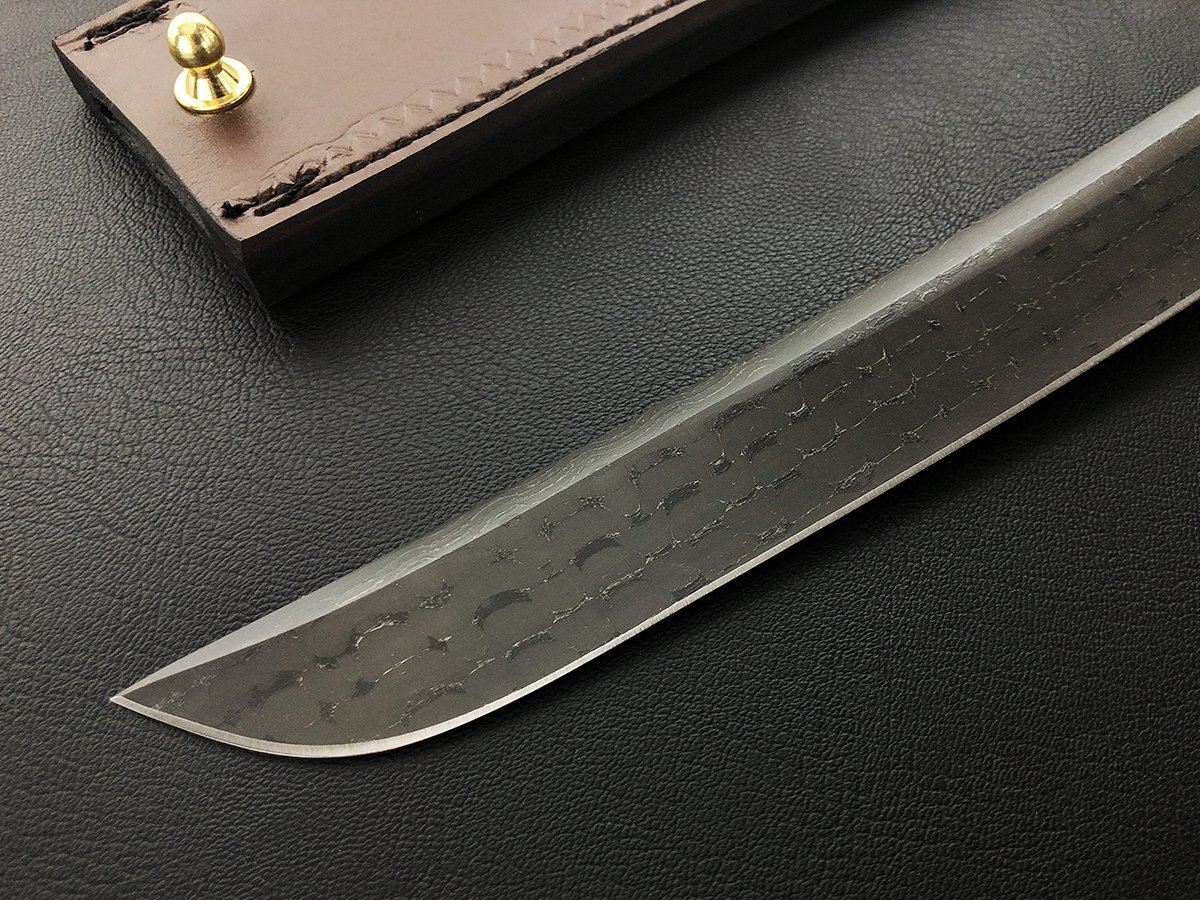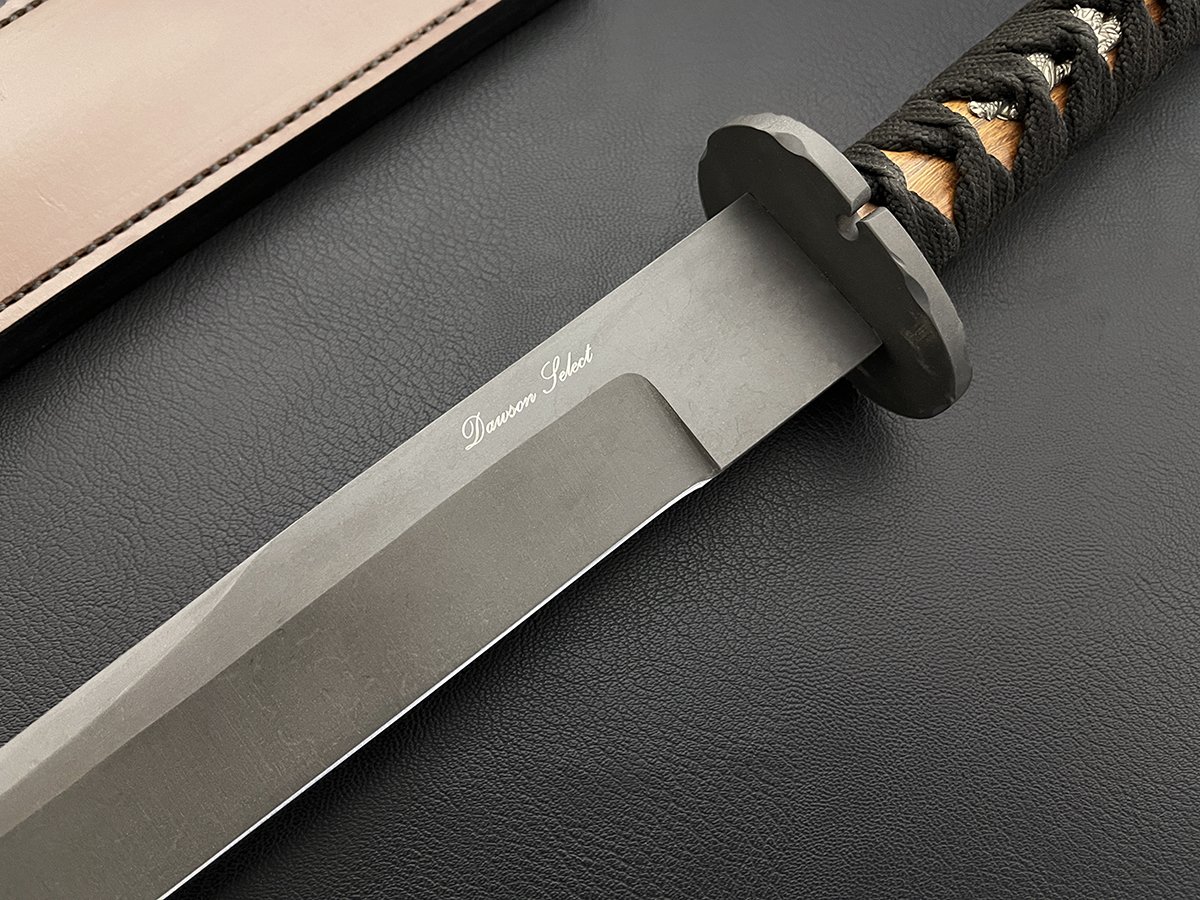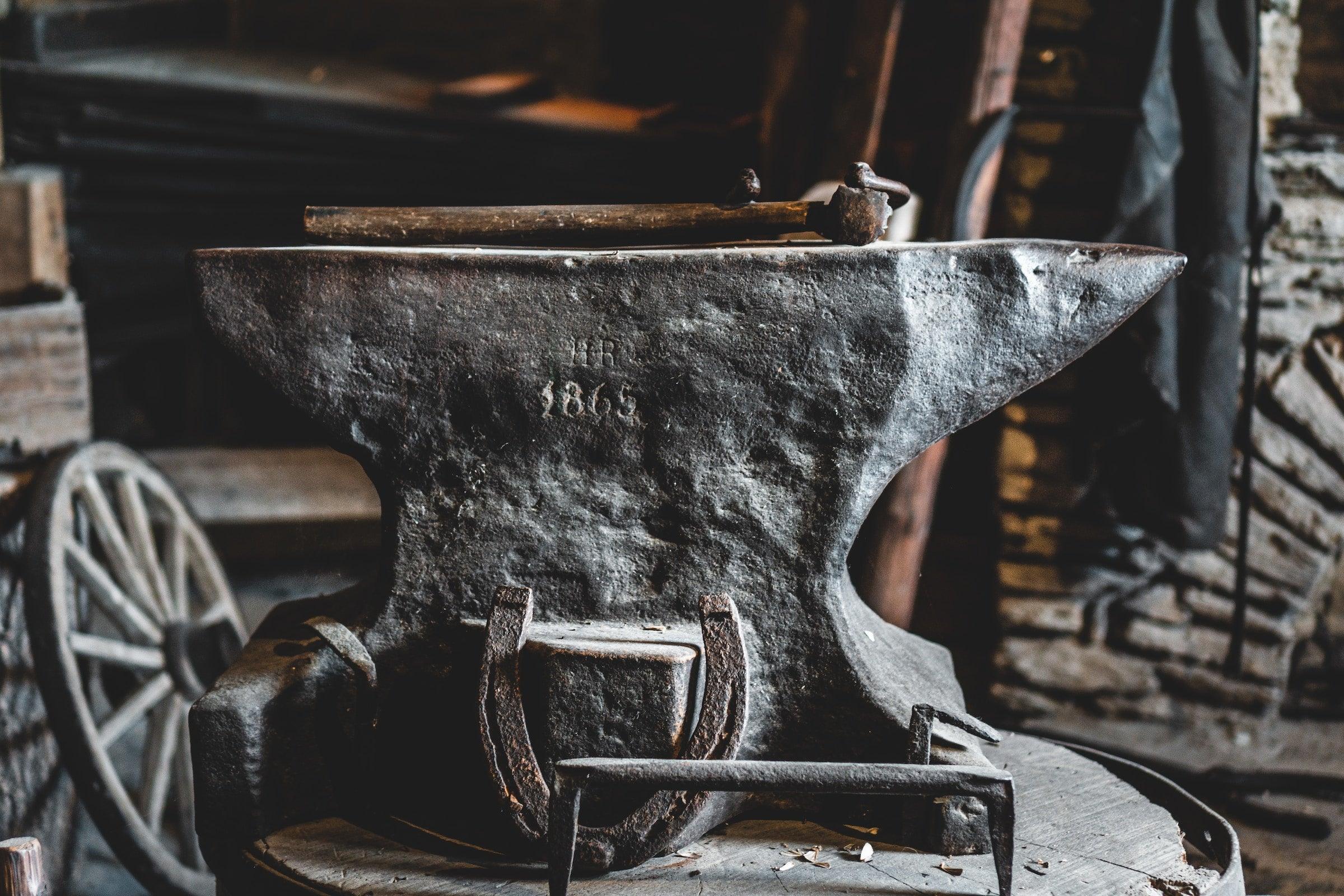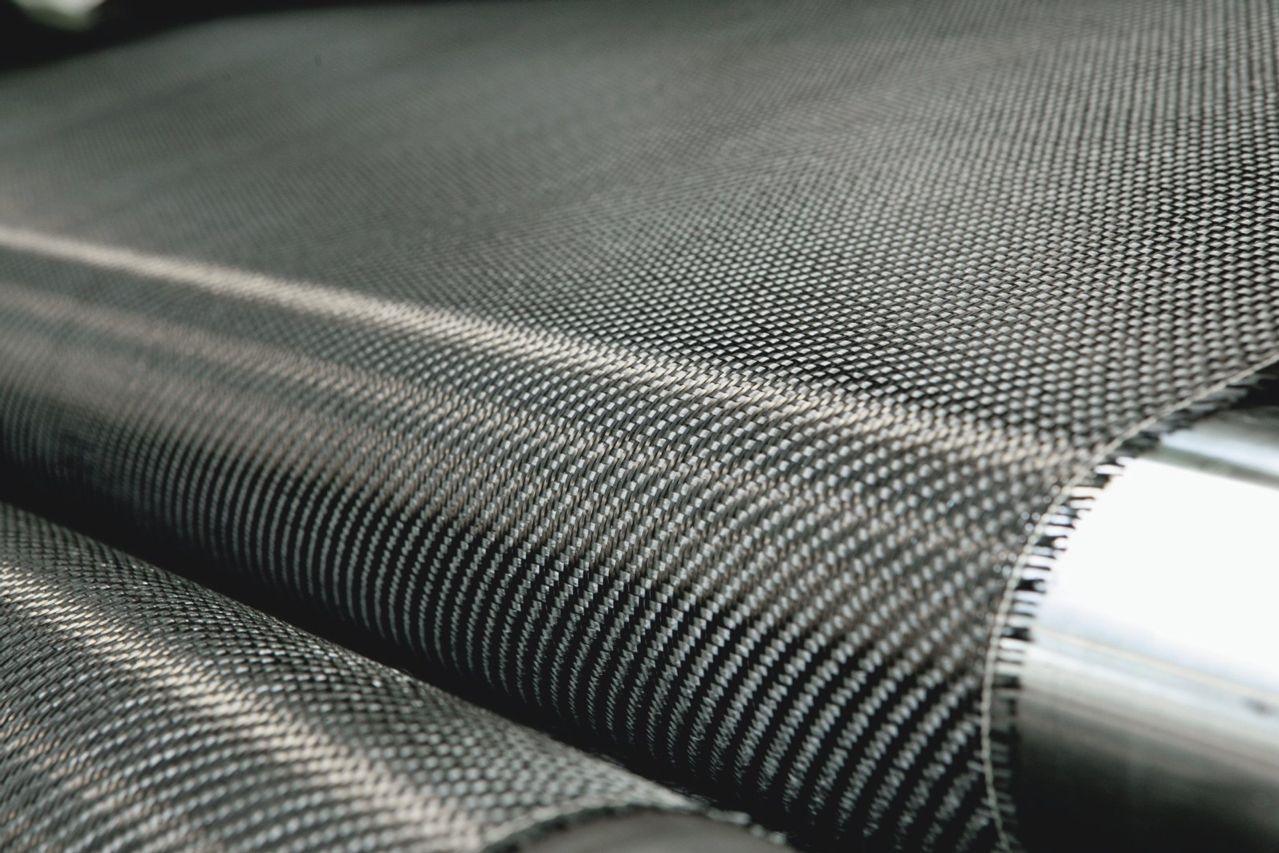Blade arrived shaving sharp, but running my nail along edge revealed a very minute deficit (chip) in it. I really like the knife, I just guess I expected perfection and got nearly perfect…. It likely won’t affect the utility, but does detract from it as a collectible. I would still purchase another.
My favorite all around blade. I have had 3 Shepards. Gifted a gen 2 and 1 XL. This one is mine and I love it. Fine blade to cut and slice, thick spine to chop. All around great survival knife. Really like the new monsoon finish along with the white and black G10 handle. Knocked it out of the park again Dawson fam. Love the story behind the blade as well. God bless you all at Dawson knives, keep up the outstanding work.
This is a most excellent blade for EDC. I cleaned all of the lubricant off of the blade immediately, and applied Axe wax. I have since used it for cutting my steak and other meal on a camping trip. This is an all around knife! Thank you Dawson family!!!
Yet another superb blade from Dawson. It is the perfect piece for a secondary blade for my plate carrier.
Thank you, Dawson family!
The fit and finish on this knife was excellent, and absolutely beautiful blade! Incredibly sharp out of the box, appears to be a 600gr edge at a 17° angle, zero edge burr. This knife punches way above its weight for value. I’d say this is hands down the best blade for $ you can buy. The Arizona Copper and Blue G10 scales are a combo made for the big screen.
Not a huge fan of the sheath, retention was lacking. Ended up pulling out the rubber grommet, and having to use a washer to apply enough bending force to the kydex to hold the blade securely without. Not the end of the world though as my fix appears to have worked.
I’m sure this was a 1 off with the sheath I got. On this particular sheath, I’m unable to scout carry, as the width between screws isn’t wide enough to accommodate a normal 1.5” wide web belt. Unfortunate, but I understand why, they made the sheath as narrow as possible. It all comes down to philosophy of use, and I understand. If I had 1 ask for the sheath though, I’d ask for a small thumb ramp to have been molded into the kydex to assist with drawing the blade. This is personal preference, but I think it would make it just a little more comfortable.
Overall though, if you’re on the fence, buy it. They nailed the heat treat, and blade perfectly. I love supporting family focused companies and it’s apparent that Dawson Knives lives what they preach.
I recently purchased several Dawson knives. They sre extremely sharp, and sharp looking too. Very nice staff there.


